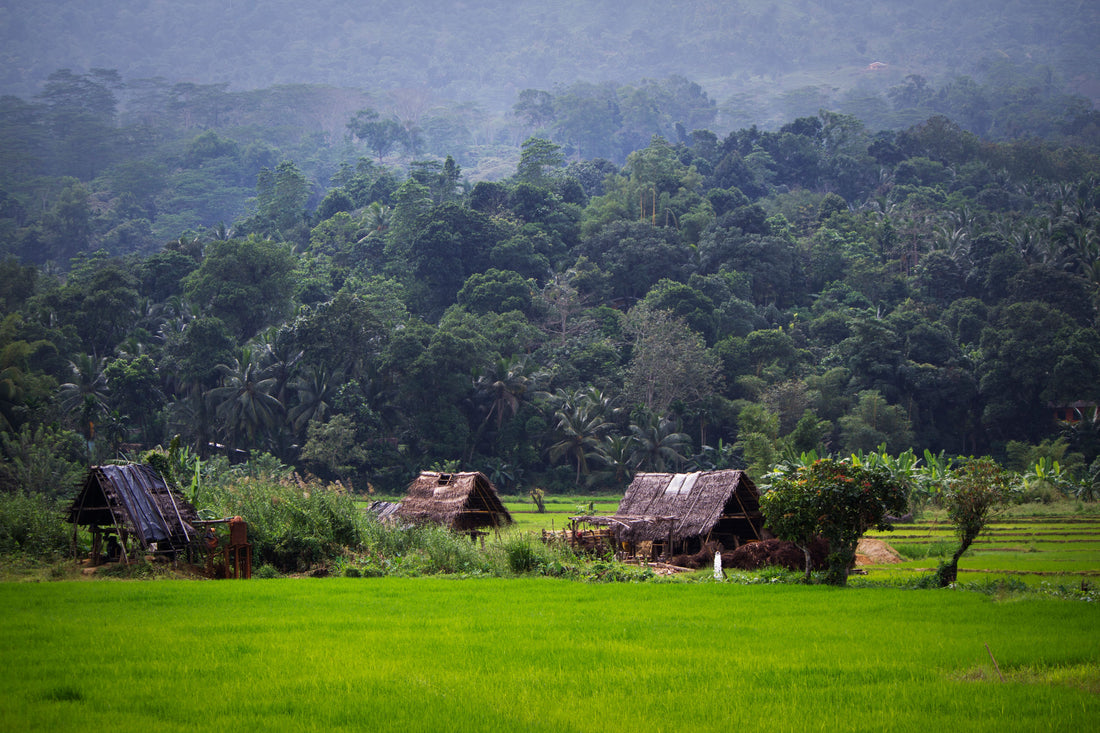
Ceylon Sapphire Mining in Sri Lanka
Ceylon Sapphire Mining: Unveiling Sri Lanka’s Treasure Troves
Sri Lanka, known as the "Gem Island," has been synonymous with sapphire mining for centuries. The country produces some of the world’s finest sapphires, often referred to as "Ceylon sapphires," a name that has remained despite Sri Lanka’s official renaming in 1972. Sri Lanka’s sapphire mining industry is deeply rooted in history, tradition, and sustainable practices, making it a key player in the global gemstone market. But how does it work in Sri Lanka?
The Art of Sapphire Mining in Sri Lanka
Unlike large-scale mechanised mining seen in many other parts of the world, Sri Lankan sapphire mining relies primarily on traditional, small-scale methods. This artisanal approach ensures minimal environmental impact while maintaining the purity of the gemstones extracted. The mining process typically involves the following steps:
- Prospecting and Identification – Expert gem hunters identify potential gem-bearing gravel (illam) deposits, usually near riverbeds or in ancient sediment layers.
- Traditional Pit Mining – Miners dig narrow vertical shafts, often no deeper than 10-20 metres, to reach the gem-rich layers.
- Washing and Sorting – Extracted gravel is washed in water to separate heavier gemstones from the lighter debris.
- Cutting and Polishing – Once rough sapphires are found, they undergo skilled craftsmanship to enhance their brilliance and value.
Sri Lanka’s mining industry is known for its ethical practices and strict government regulations that ensure sustainability and fair trade.
Major Sapphire Mining Regions in Sri Lanka
Sri Lanka’s sapphire deposits are concentrated in several key regions, each renowned for producing high-quality gemstones:
- Ratnapura – Known as the "City of Gems," Ratnapura is the most famous sapphire mining region in Sri Lanka. Located in the southwest of the country, this area has been a hub of gemstone trade for centuries. The mines here produce blue sapphires, star sapphires, and a variety of coloured sapphires.
- Elahera – This central region is another significant source of sapphires, known for producing high-clarity gems. Elahera’s deposits are often found in riverbeds and ancient alluvial deposits, making it a prime location for mining.
- Balangoda – Located in the Sabaragamuwa Province, Balangoda is known for its rich gem-bearing gravel. The area produces a range of sapphires, including deep blue and pink varieties.
- Rakwana – This region is home to smaller-scale mining operations but still yields high-quality sapphires. Rakwana’s mines are often family-run, continuing traditional mining techniques passed down through generations.
- Deniyaya – Situated near the Sinharaja Rainforest, Deniyaya is an emerging sapphire mining area. The gems from this region are often found in environmentally sensitive zones, necessitating strict regulations to ensure sustainable extraction.
Each of these regions contributes to Sri Lanka’s reputation as a world leader in sapphire mining, ensuring a steady supply of ethically sourced, high-quality gemstones to global markets.
